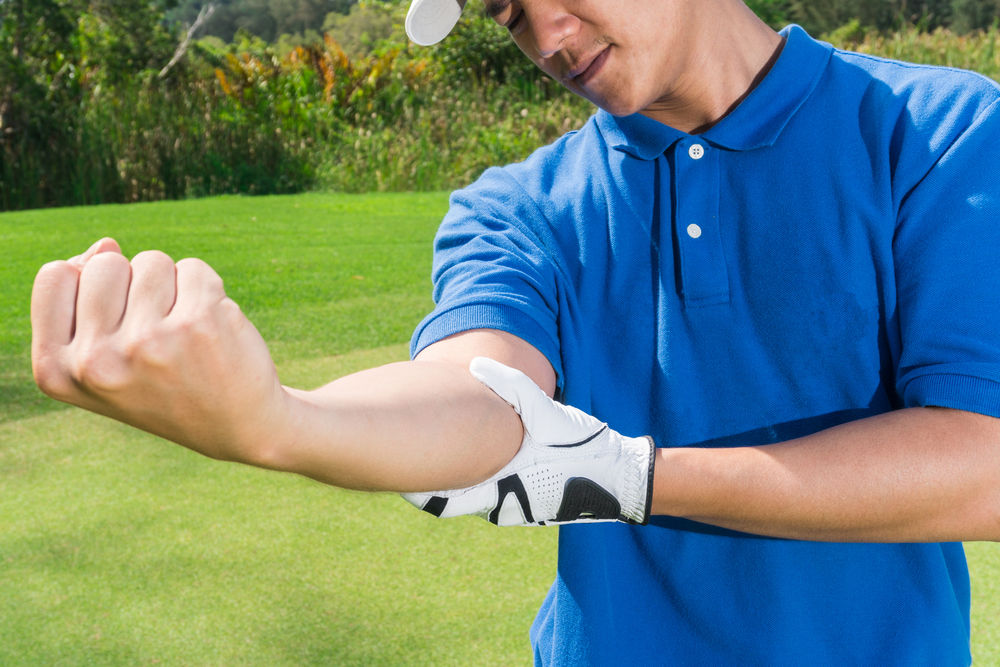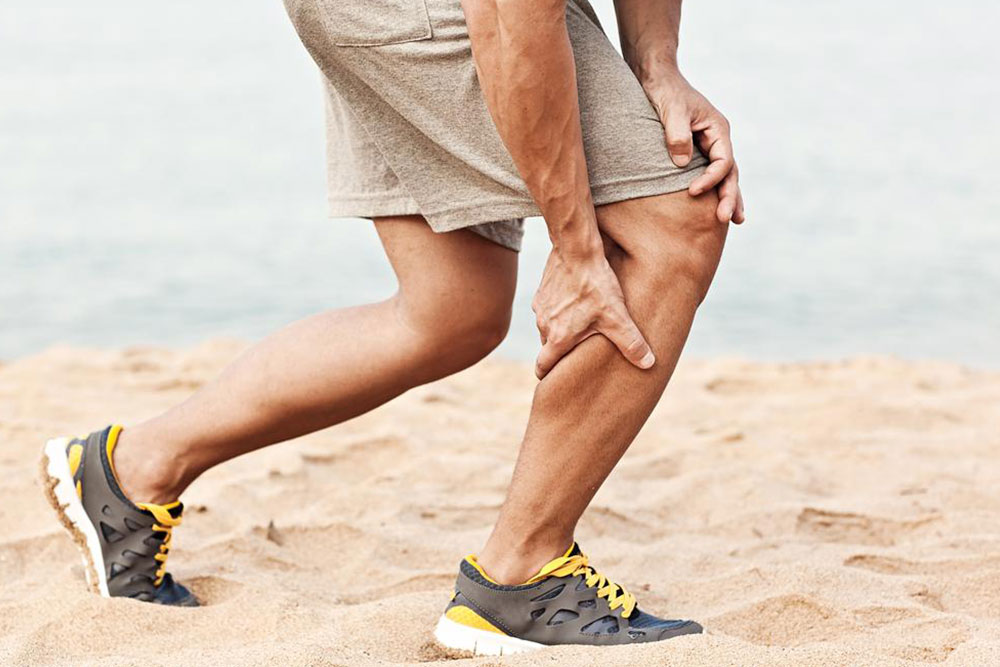Signs and Causes of Groin Discomfort
Learn about groin discomfort causes, symptoms, and severity levels. This guide covers injury types common among athletes and active individuals, highlighting when to seek medical help. Understanding these signs can aid in timely treatment and recovery, minimizing long-term effects of groin injuries.

Signs and Causes of Groin Discomfort
The human muscular system is crucial for movement, comprising over 700 types of muscles that account for nearly half of an individual's body weight. These muscles work in harmony with tendons, nerves, and blood vessels to facilitate daily activities and physical actions.
Groin pain typically occurs when muscles in the groin and thigh are overstressed, leading to injuries such as overstretching or tears. Such injuries can be very painful and require prompt medical attention.
This type of injury is common among athletes and individuals engaged in intense physical activity involving rapid or repetitive movements.
The severity of groin injuries is categorized into three levels:
Mild discomfort with minimal impact on movement or strength is classified as first-degree injury. Variability exists due to individual pain thresholds.
Moderate injuries involve some tissue damage, leading to restricted mobility but retaining muscle function.
Complete muscle tears result in intense pain, significant movement limitations, and slow, painful recovery processes.
Symptoms to watch for include:
Discomfort in the groin or inside the thigh, often tender to touch, indicating overstretching or tearing.
Pain when moving the legs, such as bringing them together, which suggests groin issues.
Pain when lifting the knee from seated or standing positions.
Sudden sharp pain accompanied by a snap or pop, signaling a possible muscle tear.
While home remedies can help alleviate pain, consulting a healthcare professional is strongly recommended to assess injury severity and prevent long-term issues. Persistent pain should not be ignored, as it could lead to further complications.
Important Notice:
This blog offers helpful information across various topics based on thorough research. However, it should not replace professional medical advice. Users are advised to seek healthcare consultation for diagnosis and treatment. The website is not responsible for discrepancies or inaccuracies from other sources and may not include all available treatment options or schemes.









